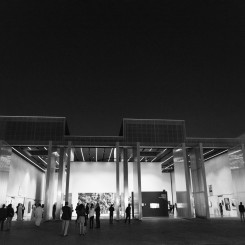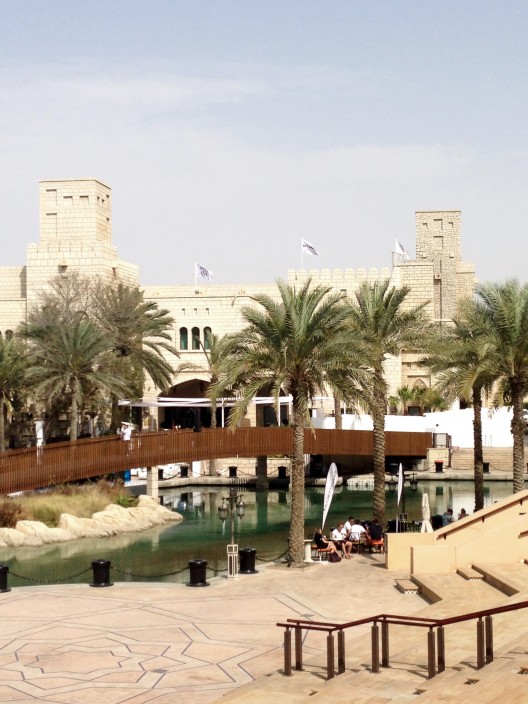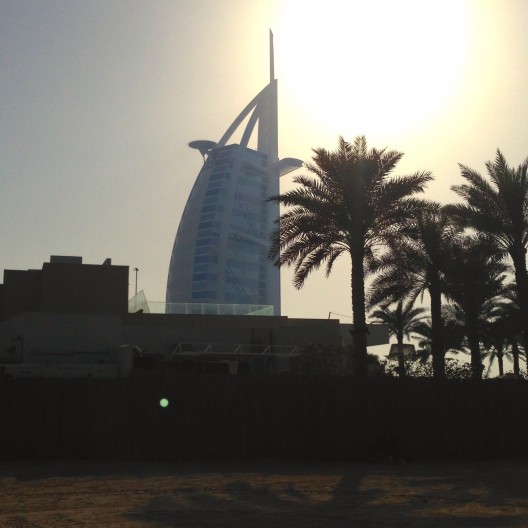Driving from Dubai’s airport to the center you see billboards along the road with huge letters saying: TRUMP, and underneath, International Golf Club. Moments like this remind you that the Emirates (and the Gulf states) are different from the rest of the Arab world. Led by business-oriented sheikhs, foreign investment, and lots of petroleum, in just half a century Dubai has gone from being a small village of Bedouin fishermen and pearl divers to being a freewheeling capitalist oasis. As the metropolis of shiny glass-facades continues to expand into the desert, Art Dubai has become one of the cornerstones that define the growing art scene in the Middle East.
The 11th edition of Art Dubai took place this year from March 15–18. The fair was as usual located at the luxury hotel Madinat Jumeirah, that architecturally resembles ancient Arabia and gives you a relaxed holiday-like feeling with its surrounding lush gardens, cooling palm trees, turquoise waterways and luxurious spa facilities.
Art Dubai fair ground
At the opening Pablo de Val (director of exhibitor relations) stated that with 94 galleries participating from 43 different countries, it is the most global edition of Art Dubai to date. The diversity of the fair to some extent reflects the demographics of Dubai that is a cultural melting pot of more then 200 different nationalities. However, most of the participating galleries at Art Dubai are from the MENASA region (Middle East, North Africa and South Asia), with very few from countries such as India and Bangladesh that otherwise make up a large percentage of the migrant population in the Emirates.
The title of this year’s Global Art Forum was “Trading Places” where a broad range of thinkers and writers from the fields of art, history, philosophy, and literature engage in discussion. At the first lecture the curator and critic Mohammad Salemy, who is originally from Iran said: “An artist who does not travel is not an artist.” Salemy described the very ancient tradition of artists traveling “to spread images and infest minds with new ideas” and argued that because of the globalization of the art world, artists are now more then ever bound to travel. And yet with the United States travel ban Salemy is among the many that have been affected by the recent sanctions because he happened to be in London when the ban was signed and cannot return to his home and partner in NYC.
During an interview with Ran Dian, Pablo de Val mentioned that Middle Eastern galleries generally perceive Art Dubai as one of the regions strongest platforms for breaking into the larger global art scene. As an example de Val mentioned that there were eight galleries from Iran at the fair this year, which is the largest number to date. One of the galleries from Iran that caught a lot of attention was the Ag Galerie that is located in a restored 1960s villa in Tehran. The gallery mainly focuses on work by artists that appropriate pre-revolution found photos and re-contextualizes them, creating new meanings that juxtapose with the current social and cultural landscape in Iran.
At the fair was a vast work by the recently deceased artist Hassan Sharif at Gallery Isabelle Van Den Eynde. Hanging down from the ceiling was a monumental 7-meter rope piece, which was the last work Sharif ever made. Known as the “father of conceptual art” in the Emirates, Sharif was one of the pioneers who introduced performance art to the region. This year, his oeuvre was honored at the fair by having works of younger artists influenced by him shown at different locations at the fair.
The gallery The Third Line showed colorful, minimalist paintings by the artist Rana Begum, an artist born in Bangladesh—who incidentally is also the winner of the annual Abraaj Group Art Prize, announced and celebrated at Art Dubai. (The prize is among the most significant in the MENASA region, giving one artist the opportunity of realizing a “dream project” with a budget of $100.000.)
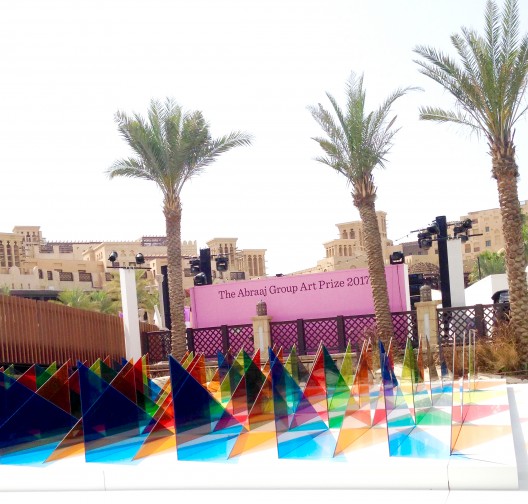
Work by Rana Begum, Winning Artist of The Abraaj Group Art Prize 2017
The Third Line is also among the many galleries located in the regions most important art hub Alserkal Avenue. In this industrial area in Dubai, a dense grid of warehouses hosts prominent art galleries and a couple of hip cafés. During the fair The Third Line gallery featured a solo exhibition by the Qatari-American artist Sophia Al Maria named “EVERYTHING MUST GO”, an iteration of her “Black Friday” solo show at The Whitney Museum of American Art from last year—an immersive projected video work filmed in empty shopping malls in Doha, capturing an almost mythical, apocalyptic take on the act of shopping.
Another highlight during Art Dubai was the inauguration of the 600 sqm space Concrete at Alserkal Avenue, with the exhibition “Syria: Into the Light”. The 60 different works made by 40 Syrian artists were mainly portraits and figures made between 1924 and 2016. The exhibition offered a compelling narrative of the life and culture in Syria over the decades and was as well an interesting contemplation over the countries current dented situation.
In many ways, Dubai has become a neutral zone—on the one hand standing in contrast to the United States and Europe’s barrier-building and debates over immigration, and on the other to the wars and political turmoil that haunts a large part of the Middle East. In this hybrid desert city, it seems like the most natural thing in the world to see miniskirts and hijabs side by side on the street, which at first glance makes the city seem very tolerant and far ahead of its own time (and then there are even rumors of self-flying taxi drones this summer). No wonder, then, foreign investors and art collectors from all over the world consider Dubai a safe haven, with a booming art scene to boot, with even a Louvre museum being built in Abu Dhabi, the capital of the UAE. Amid this endless buffet of luxury—if you are part of the club—you nevertheless sense a very tight control somewhere behind the perfect facades. After all, for all the critical art that questioned politics in the United States, Europe and elsewhere in the Middle East, not a single work was critical towards the Emirates itself. If the Emirates were to become one of the world’s new art hubs, might this signal a broader trend of more self-censorship in favor of safety and capital?
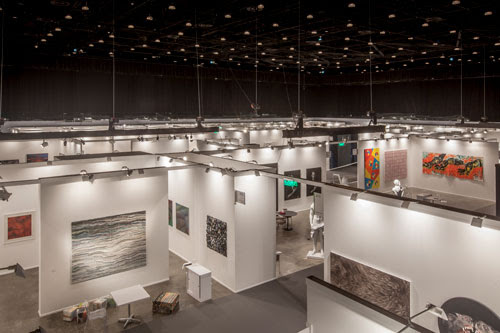 Art Dubai 2017. Courtesy of Photo Solutions.
Art Dubai 2017. Courtesy of Photo Solutions.
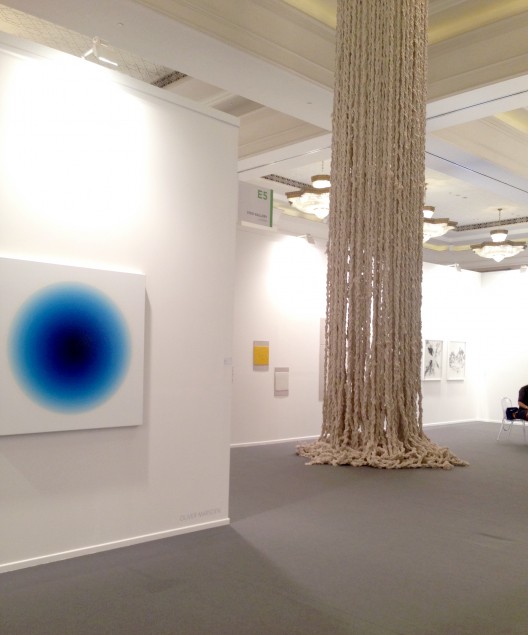 Hassan Sharif, Gallery Isabelle Van Den Eynde
Hassan Sharif, Gallery Isabelle Van Den Eynde
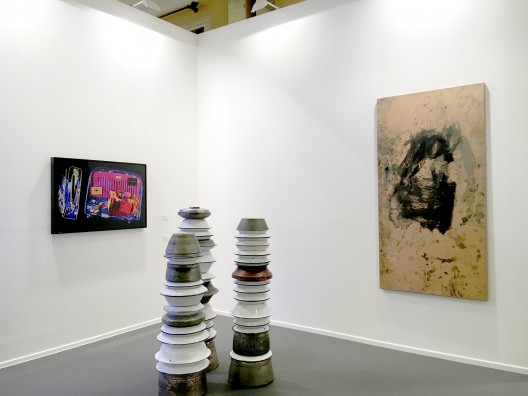
Galerie Krinzinger, Installation view
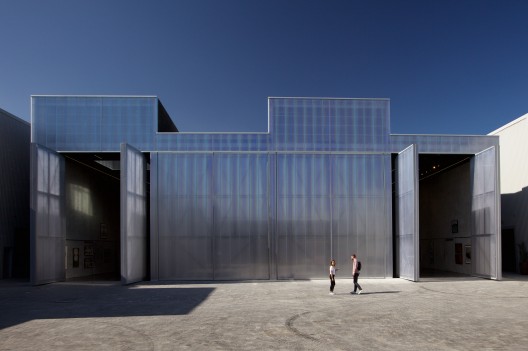 Concrete, Front Exterior, Image credit Mohamed Somji, Photo courtesy Alserkal Avenue
Concrete, Front Exterior, Image credit Mohamed Somji, Photo courtesy Alserkal Avenue
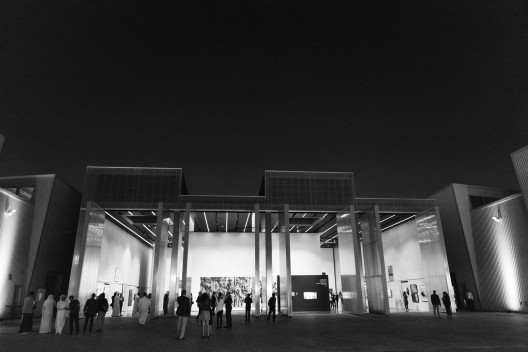 Opening of Syria Into the Light at Concrete on Alserkal Avenue, 9 March 2017, Photo Credit Abby Kemp, Courtesy Alserkal Avenue
Opening of Syria Into the Light at Concrete on Alserkal Avenue, 9 March 2017, Photo Credit Abby Kemp, Courtesy Alserkal Avenue
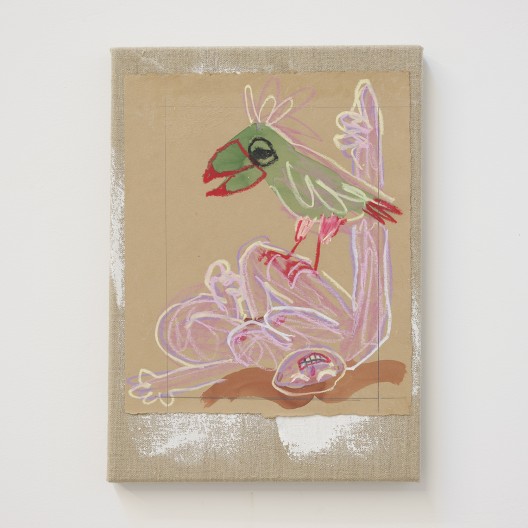 Daniel Boccato, Parrot Painting, courtesy of Gallery Kasia Michalski
Daniel Boccato, Parrot Painting, courtesy of Gallery Kasia Michalski
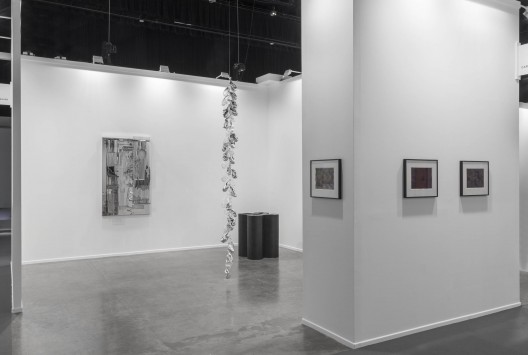
carlier | gebauer, Hall 1, booth B9, installation view at Art Dubai 2017. Photo- Sebastiano Pellion di Persano
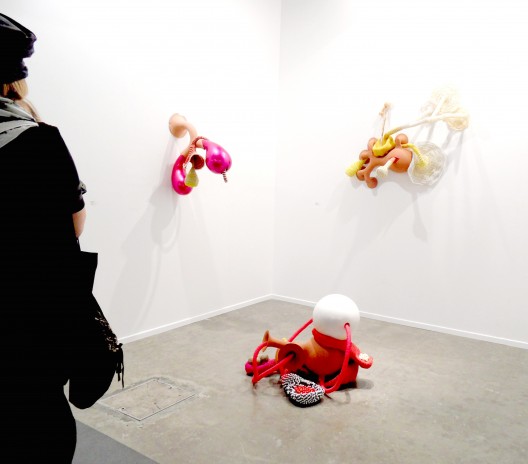 Maria Nepomuceno, Gallery Victoria Miro
Maria Nepomuceno, Gallery Victoria Miro
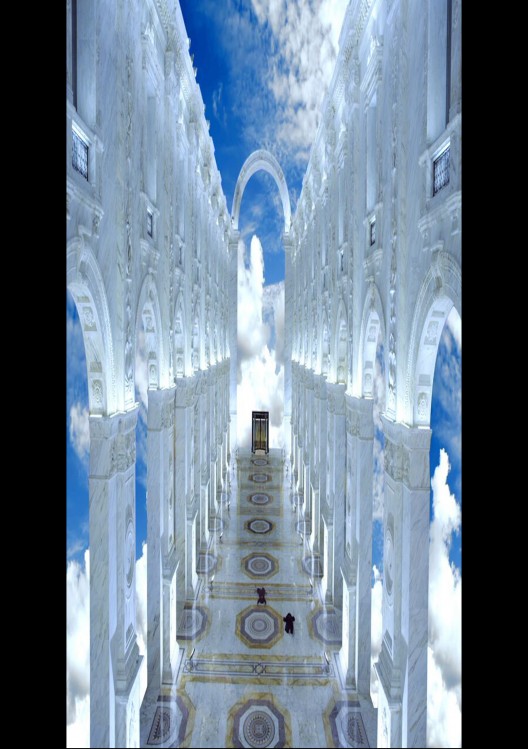 Sophia Al Maria, still from “Black Friday”, 2016, The Third Line
Sophia Al Maria, still from “Black Friday”, 2016, The Third Line
